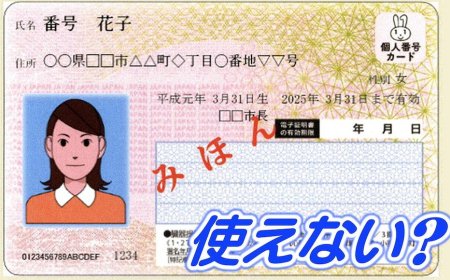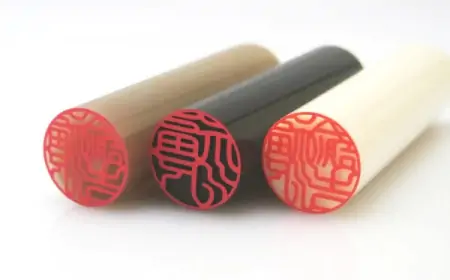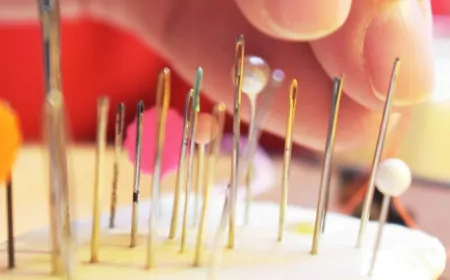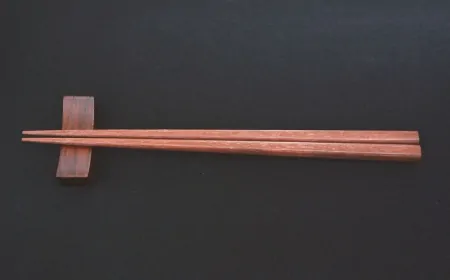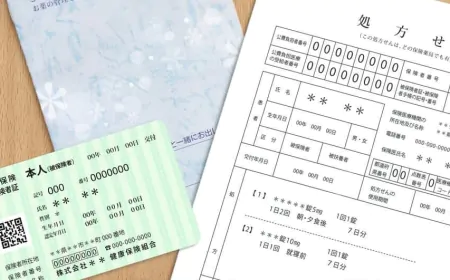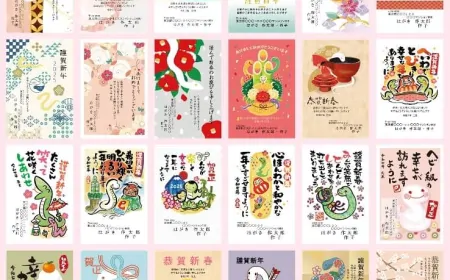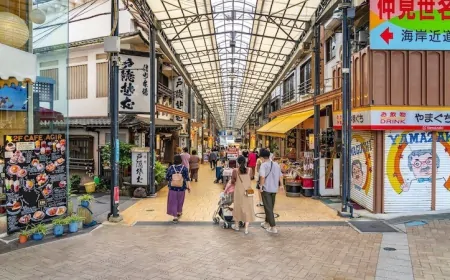Learn about Japanese incense
The incense way is considered one of the types of traditional Japanese culture that has existed for more than 500 years.

However, if compared with other types of culture such as tea ceremony, calligraphy or flower arrangement, the incense ceremony is quite unknown, even the Japanese.
1. What is "Perfume Way"?
"Huong" is certainly not a strange name for Asian countries, especially Buddhist countries. Perfume Dao is the art of enjoying incense of the Japanese people, this is also an art that is highly appreciated for the elegance, elegance and patience of the people who enjoy it. Not everyone has the qualities to feel the way because it requires a delicate sense of smell, high concentration as well as analytical ability and sharp memory.
Since ancient times, incense has been made with ingredients with natural aromas such as bamboo bark and herbs, so that when burned, they emit smoke with fragrances that spread throughout the space. In Japanese, incense is called Ko(香) - which also means scent(香り) or fragrance.
Huong Dao actually originated in China and was introduced to Japan in 552 and immediately became popular with the people here. Therefore, the production and production of incense also gradually developed. The artisans have spent a lot of effort and enthusiasm to prepare incense with its own distinctive aroma and scent. Today, by combining traditional techniques with modern machinery, a fragrance industry has been born and developed to create high-quality products that make full use of natural ingredients.
2. History of Japanese incense
The use of agarwood by the people of the "land of the rising sun" is recorded in the Nihon Shoki, the second oldest book of ancient Japanese historical events. Accordingly, incense was first used around AD 595, during the reigns of Empress Suiko and Prince Shutoku - also known as the "Priest Priest" because of his devotion to religion. Buddha. Since ancient times, frankincense has been used in a number of Buddhist ceremonies in China for the purpose of cleansing and purifying the space where the rituals take place. Until Buddhism spread widely and became one of the beliefs and religions of the Japanese people, incense also became more popular, even, not only used in sacred places such as temples and shrines. or temples, incense was also burned in the house, mainly by members of the imperial court.
The way of incense is even mentioned in the story of Genji - a classic Japanese work describing the life of the people here during the Heian period (794 - 1185 AD). A rather famous game described in the novel is when the characters try to guess the name of the incense burned through their fragrance. After that, incense became so popular that they became an integral part of the dowry of feudal lord families - Daimyo.
During the medieval period (1185 - 1603) marked the leap and widespread popularity of incense. In the 14th century, samurai warriors used incense to purify battle suits such as armor and headgear in the hope that they would protect and make them "invincible" in battle. In the 15th - 16th centuries, the middle and upper classes favored them to be used more in people's daily lives.
When the art of lacquer was born and developed, it was also the time when the people of the land of Phu Tang combined these two unique art forms together. The tools for enjoying the incense are finely crafted, even gilded to increase durability and aesthetics. This is also the time when people consider incense as the "rival" of the tea ceremony.
During the Edo (1603 - 1868) and Meiji (1868 - 1912) periods, the incense religion gradually became weaker. It was not until the early 20th century, when Kito Yujiro, a master of incense, revived and revived this art form by combining traditional techniques with the typical, modern scents of Western culture. West, in order to bring incense closer and more attractive to the people.
3. Main flavors
There are two main types of incense produced and used in Japan:
Kunko (熏香):
Kunko is a form of heating or smoldering pieces of wood that have a natural fragrance such as sandalwood or frankincense. With this type of incense, we do not need to burn incense directly, but heat them up by placing pieces of charcoal below. It is because of this method that the thin smoke, faintly fragrant of nature, spreads throughout the space, creating a feeling of relaxation and comfort for people to enjoy.
Shoko (焼香):
Shoko is a more common and easily encountered form of incense, users will directly burn them in the form of a pre-made rod or dome. Therefore, the smoke when burned will be thicker, have a stronger aroma and can cover a larger space than Kunko.
Related Products

![【ふるさと納税】スーツケース [PROEVO-AVANT] フロントオー...](https://thumbnail.image.rakuten.co.jp/@0_mall/f405221-oki/cabinet/07205886/ay_sku/ay-s0005_00_v2.jpg?_ex=128x128)






















